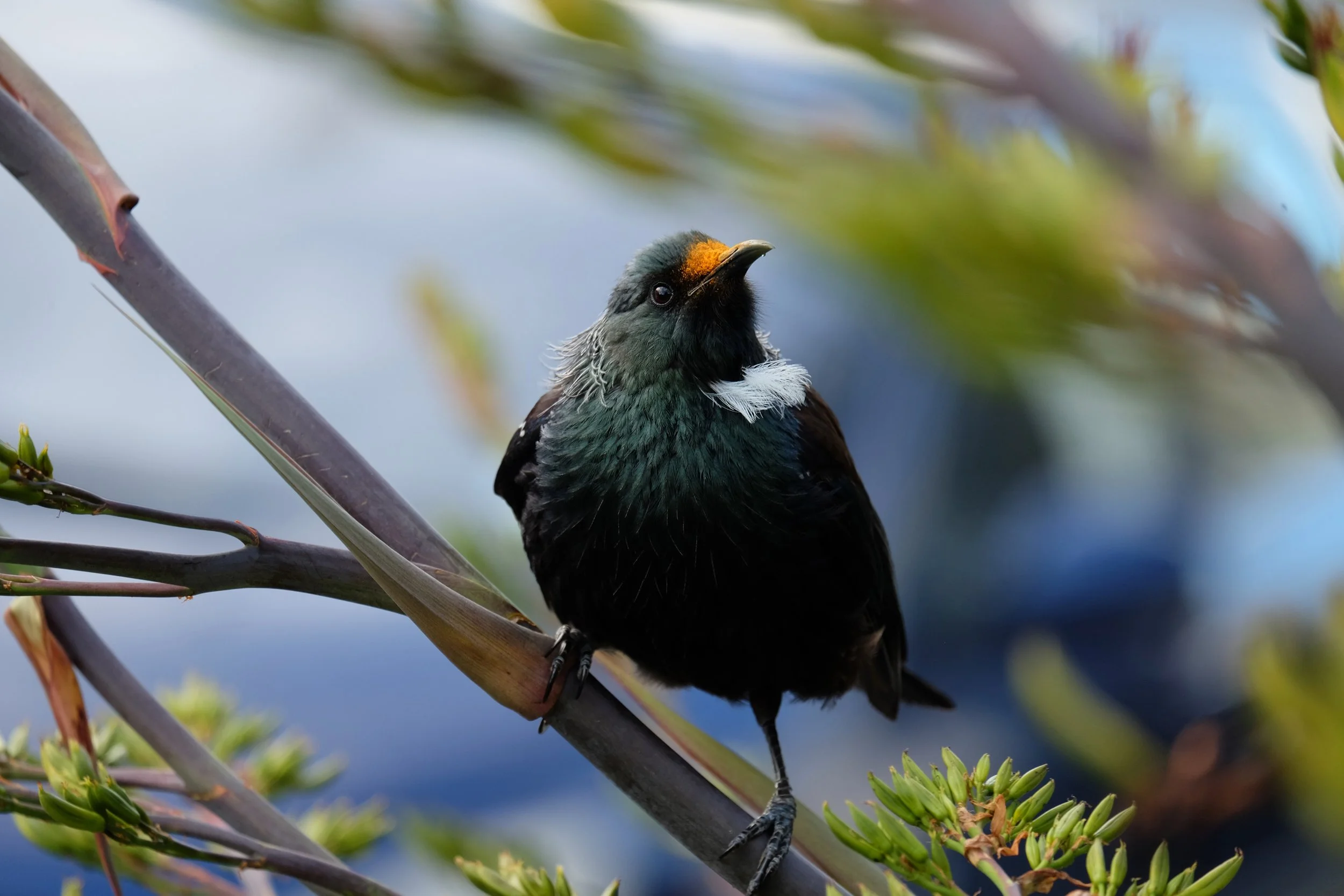Sanctuary 'halo' effect helps re-store native bird numbers in Wellington
A recent survey shows no native birds are seriously at risk in the capital anymore, and regionally bird numbers are soaring sky high
In 2021, titipounamu were spotted in the wild in Wellington for the first time in over 100 years, and have also been found building nests and hatching chicks outside the safety of Zealandia’s fence.
Wellington City Council’s Biosecurity Specialist Henk Louw says these results are reward for decades of teamwork, predator control and of course Zealandia Te Māra a Tāne sanctuary.
““The large-scale acquisition and protection provided by Zealandia Te Māra a Tāne sanctuary has had the most significant impact on the preservation and restoration of wildlife in Wellington – with a measurable ‘halo’ effect on native forest bird communities throughout the city.
“But we couldn’t have done it without the tens of thousands of volunteers who have been protecting Wellington’s native manu by trapping pests and doing community planting and weeding for years.”.”
Jo Ledington, General Manager Conservation and Restoration, Zealandia Te Māra a Tāne says they’re proud to have been a world-leading catalyst for change here in Wellington.
“It’s one of the only cities in the world where native biodiversity is increasing. With the support and hard work of communities across Wellington, it’s so exciting to see species such as titipounamu establishing outside the fence.”
Since 2011, the average number of native bird species being counted each year has risen by 41 percent. Average annual counts of kākā have increased by 260 percent, kererū by 200 percent, tūī by 85 percent and pīwakawaka by 49 percent.
Tui. Photo Credit: Paul Ward, Polhill Protectors
The only dip in that time is the tauhou/silvereye which has declined by 9 percent, likely due to their new living arrangements says Henk.
“One factor is that they are being displaced by tūī which are generally more territorial. Secondly, they have a wider range of habitats they use like gardens, and all our stations are focussed in and around our forests.”
Ruru/morepork numbers are still a bit of a mystery as they are harder to monitor given their nocturnal activities, so plans for volunteers to carry out night-time surveys are on the agenda for the coming year.
“Events like the Great Kererū Count, Bird of the Year and iNaturalist Citizen Scientists contribute to the city’s interest and pride in native bird preservation, so we’re looking at options to leverage off those and organise a citizen science project to map the distribution of ruru in Wellington City,” says Henk.
Article provided with permission from Wellington City Council.

